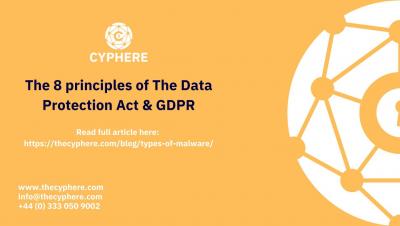Cybersecurity Requirements Under PDPIR, PDPL and ECC in Saudi Arabia in 2022
The new Personal Data Protection Law (PDPL) expands cybersecurity duties imposed under the Personal Data Protection Interim Regulations (PDPIR) and the Essential Cybersecurity Controls (ECC).











